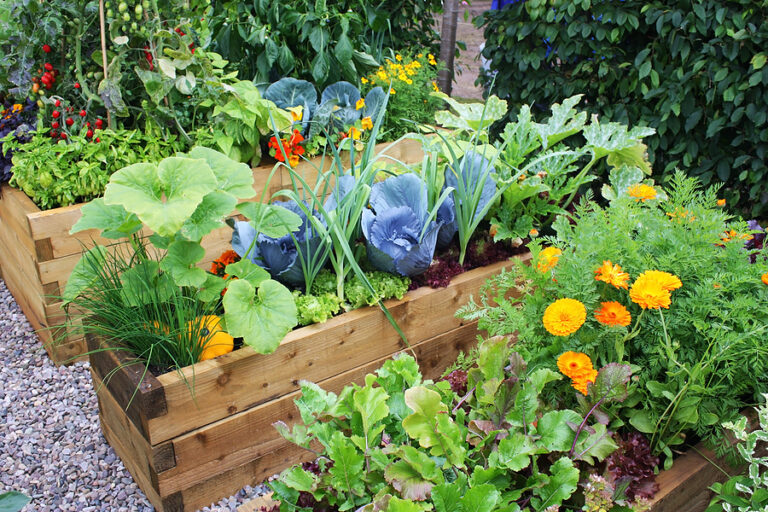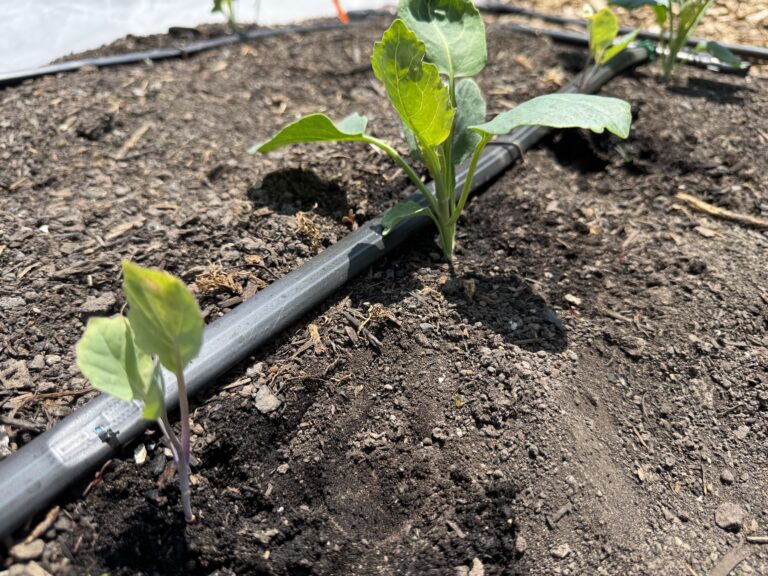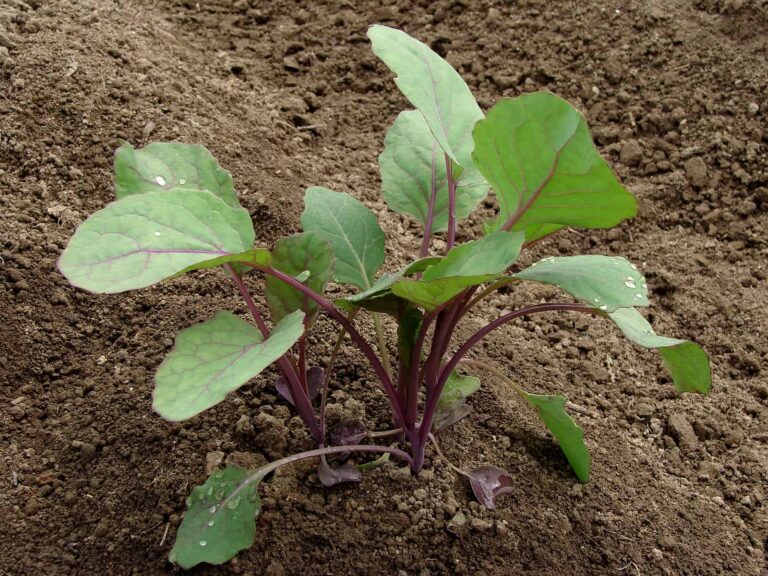he Best Growing Conditions for Artichokes: Climate, Soil, and Sun Requirements
Artichokes are bold, architectural plants that reward gardeners with tender, flavorful buds—but only when their growing conditions are right. After growing artichokes for more than 30 years in my year-round Sonoma garden, I’ve learned that climate, soil, and sunlight determine whether plants grow vigorously or struggle from the start.
This guide shares the practical, experience-based conditions artichokes need to thrive in both mild and challenging climates.
Climate Requirements: Cool Establishment, Warm Growth
Artichokes are native to the Mediterranean, and they perform best in climates with:
- Cool, moist winters
- Mild springs
- Warm (but not hot) summers
In my Northern California garden, where winters are mild, artichokes behave like short-lived perennials and can produce for several years. In colder regions, they’re grown as annuals—but still productive with the right timing.
Ideal Temperature Ranges
- 50–75°F for establishment and vegetative growth
- Below 40–50°F for 10–14 days to trigger bud formation (vernalization)
- Above 85°F may slow growth and reduce bud size
Where Artichokes Grow Best
- USDA Zones 7–11: Perennial or semi-perennial growth
- Zones 5–6: Reliable with protection; treat as annuals
- Zones 3–4: Best grown as annuals started early indoors
A Note from Experience
In hot interior valleys, artichokes must be planted early so they size up before intense summer heat arrives. Afternoon shade or consistent mulching helps them endure heat waves.
Soil Requirements: Deep, Fertile, Moist, and Well-Drained
Artichokes reward gardeners who invest in soil preparation. They develop large root systems and require both fertility and drainage.
Ideal Soil Conditions
- Rich in organic matter
- Loamy, with excellent drainage
- pH between 6.5 and 7.5
- Deep soil—at least 12–18 inches of loose structure
In my wide-row beds, I prepare the soil with 2–3 inches of compost each planting season. Artichokes respond immediately: deeper green foliage, stronger shoots, and more buds.
What Artichokes Don’t Tolerate
- Heavy clay that stays wet
- Waterlogged winter soils
- Nutrient-poor sand
- Compacted beds
Soil Amendments That Help
- Compost (best overall amendment)
- Aged manure
- Crushed eggshells or oyster shell for calcium
- Mulch to keep the soil cool and moist
If your garden has clay soil, plant artichokes in raised beds or mounded rows to prevent crown rot.
Sun Requirements: Bright and Consistent
Artichokes thrive in full sun, but moderate shade can help in warm climates.
Sun Needs by Climate
- Cool climates: Full sun all day (6–8+ hours)
- Hot climates: Morning sun + afternoon shade is ideal
In Sonoma Valley, my artichokes receive full sun until about 3 p.m. and then partial shade from a nearby fruit tree. This balance keeps them vigorous through early summer heat.
Why Sunlight Matters
Sun drives robust leaf growth, and strong foliage equals large, well-formed buds. Insufficient light leads to:
- Leggy, weak stems
- Small buds or no buds
- Increased pest pressure
Moisture Requirements: Even, Deep Watering
Artichokes need steady moisture to maintain large leaves and bud production.
Watering Guidelines
- Water deeply 1–2 times per week, depending on climate
- Keep soil consistently moist but never waterlogged
- Mulch with straw, leaves, or compost to hold moisture
During dry Sonoma summers, I mulch heavily and use drip irrigation to keep plants cool and hydrated.
Putting It All Together: The Ideal Site for Artichokes
The perfect artichoke growing spot includes:
- Full sun exposure
- Deep, rich, well-drained soil
- Consistent moisture with mulch
- Cool-season establishment before heat arrives
- Room to spread (3–4 feet per plant)
When these conditions align, artichokes grow into stately, productive plants that can yield dozens of buds over their lifespan.
Final Thoughts
Artichokes aren’t difficult—they’re simply particular. Once you match their Mediterranean preferences for cool springs, fertile soil, and abundant sunlight, they reward you with beautiful plants and generous harvests. Whether grown as perennials in mild climates or annuals in cooler regions, proper growing conditions make all the difference.
Artichoke Learning Hub
Start here: How to Plant and Grow Artichokes: A Complete Guide – Full overview combining planting, care, and tips.
1. Planning and Varieties
- Best Artichoke Varieties for Home Gardeners – Choose the right variety for your climate and garden space.
- The Best Growing Conditions for Artichokes: Climate, Soil, and Sun Requirements – Understand the ideal environment for strong growth.
- The Best Companion Plants for Artichokes – Maximize productivity and garden health through smart plant pairings.
2. Starting Artichokes
- How to Start Artichokes From Seed: Indoor Sowing, Transplanting, and Timing – Begin your artichokes indoors for an early start.
- How to Plant Artichokes the Right Way: Soil Prep, Spacing, and Transplant Tips – Ensure proper planting for vigorous growth.
- When to Plant Artichokes in Your Garden: Cool-Season Timing for Every Climate – Align planting with seasonal windows.
- Artichoke Planting Calendar: Month-by-Month Guide – Reference for planting, care, and expected harvest times.
3. Care and Maintenance
- How to Water and Fertilize Artichokes for Big, Tender Buds – Ensure strong growth and large, flavorful buds.
- Artichoke Care Throughout the Season: Pruning, Mulching, and Overwintering Tips – Seasonal care strategies for healthy plants.
- How to Overwinter Artichokes for Bigger Harvests Next Year – Protect crowns for larger next-season yields.
- How to Grow Artichokes in Containers: Soil Mix, Pot Size, and Seasonal Care – For gardeners with limited space.
- Artichokes Growing Problems: Troubleshooting – Identify and solve common issues for healthier plants.
4. Harvesting, Storing, and Cooking
- How to Harvest and Store Artichokes – Timing and methods for picking tender buds.
- How to Store and Preserve Artichokes: Refrigeration, Freezing – Extend freshness and flavor post-harvest.
- How to Cook and Serve Artichokes – Turn your harvest into delicious dishes.






